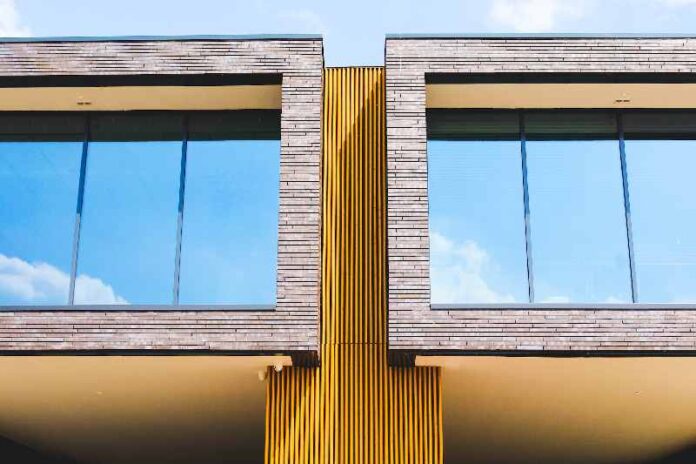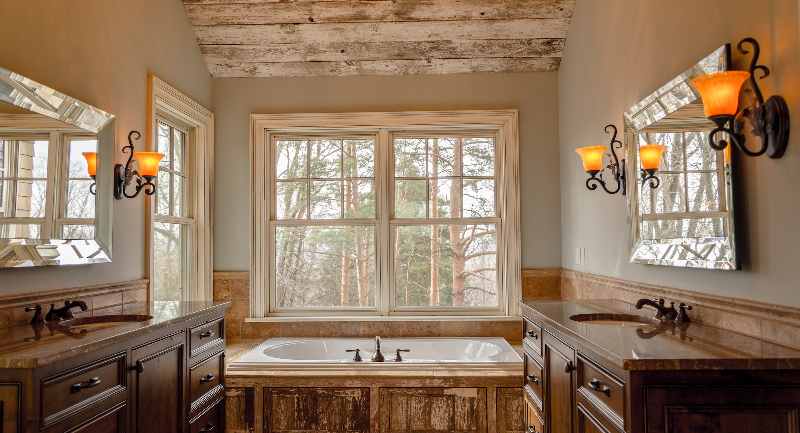
Upgrading your windows is not a simple task of plucking one out and popping in another. It’s an intricate process that requires a deep understanding of materials, designs, and energy efficiency. This guide is here to take you through the complexities of window upgrades.
With careful planning and the right knowledge, you can ensure that your window upgrades enhance not only the aesthetics of your home but also its comfort and energy efficiency.
So, whether you’re renovating an old house or simply looking to improve your energy savings, these six tips will provide crucial insights into how to navigate your window upgrade journey successfully.
Understanding Different Window Materials
When it comes to window materials, homeowners have several options. These include wood, vinyl, aluminum, and fiberglass. Each material has its strengths and weaknesses, and understanding these can help you make an informed choice.
Wooden windows, for instance, offer a classic look and great insulation but require regular maintenance to prevent decay and warping. Vinyl windows, on the other hand, are affordable and low-maintenance, but some people find them less aesthetically pleasing.
Aluminum windows are durable and lightweight but can be less energy efficient due to their high heat conduction. Lastly, fiberglass windows are robust and energy-efficient but can be on the pricier side. You can always consult with a professional to determine which material best suits your home.
Recognizing Energy-Efficient Window Designs
Energy efficiency is a critical factor to consider when upgrading your windows. Different designs can significantly influence your home’s energy consumption. Double or triple-pane windows, for instance, have an insulating gas layer between the panes, providing excellent thermal insulation.
Meanwhile, windows with low-emissivity (Low-E) glass have a thin metallic coating that reflects heat, keeping your home cooler in summer and warmer in winter.
Moreover, proper window installation is key to maximizing energy efficiency. Even the most energy-efficient window can underperform if not installed correctly.
With energy efficient home windows, not only will you save on your energy bills, but also reduce your carbon footprint. Not to mention, you’ll enjoy a more comfortable and consistent temperature indoors.
Keep in mind that energy-efficient windows may cost more upfront, but the long-term savings and benefits far outweigh the initial investment.
Choosing the Right Window Style
Window styles play a significant role in the aesthetics and functionality of your home. Different styles offer unique advantages, and choosing the right one involves considering your home’s architecture and your personal preferences.
Casement windows, for example, are hinged at the side and can open outward for full ventilation. Double-hung windows, on the other hand, can open from both the top and the bottom.
Bay and bow windows protrude out from the house, providing extra interior space and allowing more natural light to enter. Each window style has its charm, and understanding these variations will help you choose the right fit for your home.
Also, consider the placement of your windows and their purpose. For instance, awning windows are great for ventilation in bathrooms, while picture windows are perfect for capturing scenic views.
Always remember that the style of your windows can significantly impact the overall look and feel of your home, so choose wisely.
Assessing Window Performance Ratings
Window performance ratings can provide valuable information about a window’s energy efficiency, sound insulation, and durability. These ratings are often found on product labels and can guide your window selection process.
Energy Star ratings, for example, indicate a window’s energy efficiency, while NFRC ratings provide information about U-factor (heat loss rate), solar heat gain coefficient (SHGC), and visible light transmittance.
Understanding these ratings can be complex, but they offer valuable insights into how a window will perform in different climate conditions and how it will impact your home’s energy consumption.
Not only can these ratings help you choose the most energy-efficient option, but they can also assist you in qualifying for tax credits and rebates. Pay special attention to these ratings when comparing different window options.
Planning for Proper Window Installation
Proper installation is crucial to ensure that your windows function correctly and maximize their performance. This involves careful measurement, precise fitting, and applying appropriate sealing to prevent air and water leakage.
It may be beneficial to hire professional installers experienced in handling various window types and materials. They can ensure that your windows are installed correctly and comply with the manufacturer’s instructions and building codes.
Remember, improperly installed windows can lead to problems down the line, including drafts, water leakage, and even structural damage, so it’s worth investing in professional installation.
Firstly, window installation involves removing the old window and preparing the opening for the new one. Then, the new window is secured in place, insulated, and sealed. In some cases, additional trim or accessories may also be added for a finished look.
Not only does proper installation ensure that your windows function correctly, but it can also prolong their lifespan.
Maintaining Your Windows Post-Upgrade
Once your windows have been upgraded, proper maintenance can ensure they remain in top condition for years to come. This might include cleaning, inspecting for any damage or issues, and addressing them promptly.
Wooden windows may require regular painting or staining to prevent decay, while vinyl or fiberglass windows may need occasional cleaning with mild soap and water. Regular inspection can also help you spot potential issues like cracks, seal failure, or hardware problems.
Remember, well-maintained windows not only look good but also function better and last longer. It’s an important part of your home care routine that shouldn’t be overlooked.
Additionally, keeping your windows in good condition can also add value to your home if you ever decide to sell. Plus, there’s nothing quite like the satisfaction of looking out through sparkling clean windows.

Remember, the goal is to blend style, functionality, and efficiency that complements your home and suits your lifestyle.





